|
Space...the final frontier. No, no, not that kind of space. When we talk about "space" as part of the elements of design, we are talking about the use of visual area in an art piece. The idea of "space" can be pretty complex in meaning and by no means an easy thing to teach young children. So without trying to verbally teach anything, my goal in this class was to take this abstract idea and make it tangible. When we create art, we can choose to fill a space, or we can choose to make open space. We translated that idea through our beginning activities. When children arrived, a variety of sensory bins were laid out for them, with containers ready to be filled and dumped, a popular activity for this age group. Another activity option was to make space by hammering holes into cardboard using golf tees and a mallet. Some of the kids weren't sure I was serious when I told them they had permission to hammer holes but they were soon happily banging away on the boxes. Before we moved on to our main activity stations, I gave each child a scarf and invited them to move throughout the studio space. "How can we use as much space as possible?" "How can we use the least amount of space?" "Can we use just one side of the room and keep the other side empty?" "Hey! You look smaller because you are so far away!" Moving with scarves was a fantastic opportunity to get our wiggles out and understand the area around ourselves. In our main activity stations, I wanted to build upon the interest in the craft punches I saw in the previous class on "shape." Instead of just using the positive shape the craft punches stamp out, I asked kids to also use the paper with the negative shape left behind. I absolutely love how the positive and negative shapes interacted on the page. Our second station also made use of positive and negative space. When I planned on using stencils for class, I figured kids would enjoy them, but I had no idea this station would be so popular. We had to rearrange the station several times to fit everyone in. Some students chose to sponge paint their stencils. Others chose the dry-quick option of tempera paint sticks. Both options had vibrant results. At our third station, I wanted to create a new painting experience for students by restricting the range of their paint brushes. Students were challenged to paint their pictures through the holes of various crates. The limitations of movement didn't limit the amount of fun. Some students stayed at this station to make several works of art. This class was so much fun for me to teach. It was an energetic class full of color and joy. Space as an element of design is super abstract, but student's understanding of it expanded through concrete application. These experiences will help build student's foundational knowledge for when they discuss space as an abstract concept when they are older.
0 Comments
Your comment will be posted after it is approved.
Leave a Reply. |
Archives
January 2024
Categories |
Proudly powered by Weebly

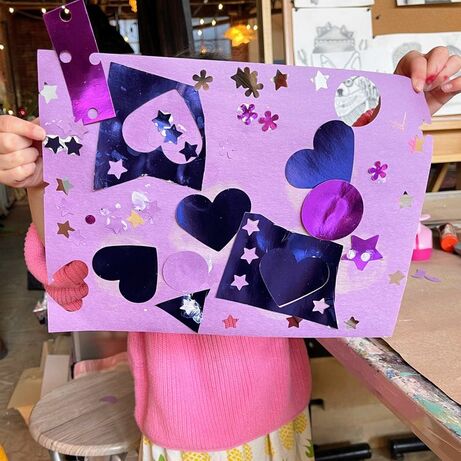

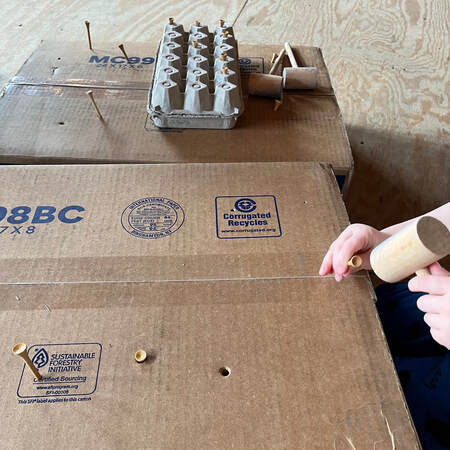

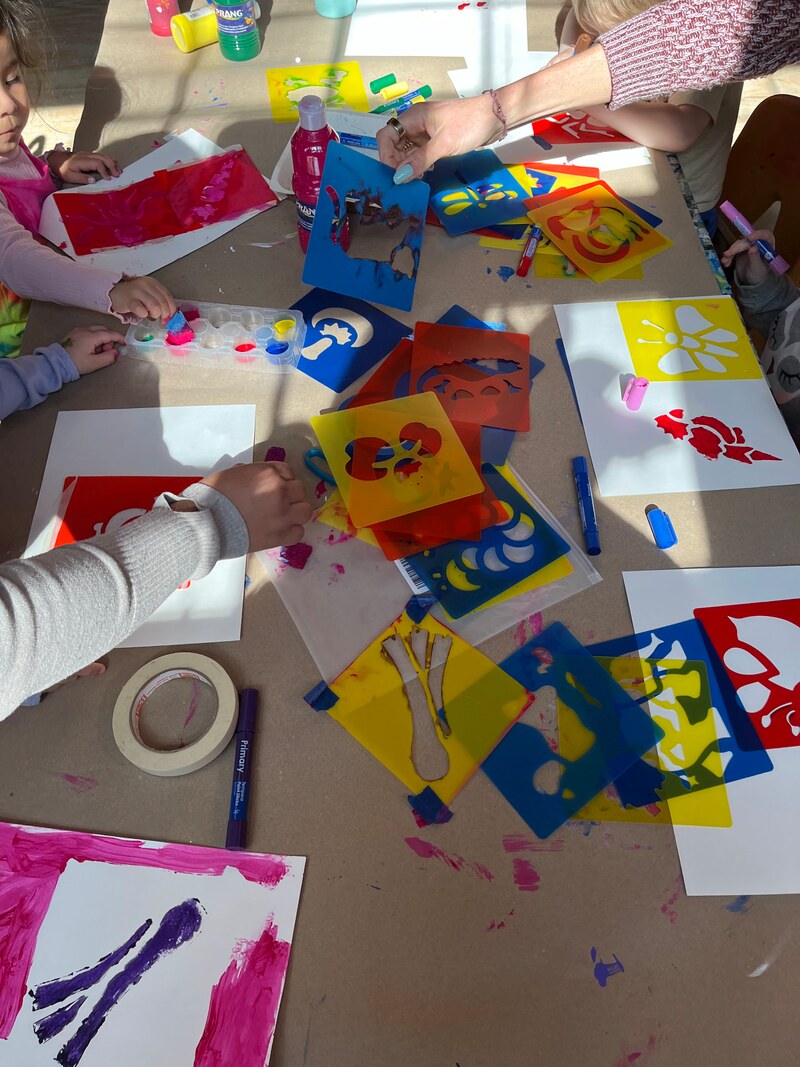
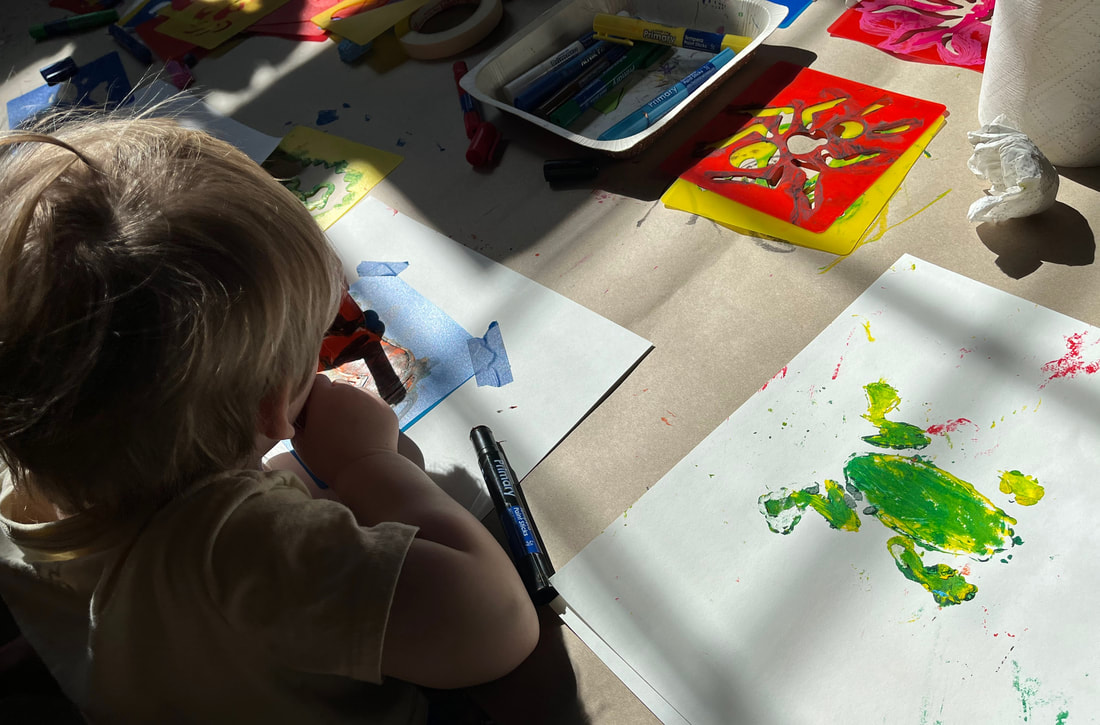
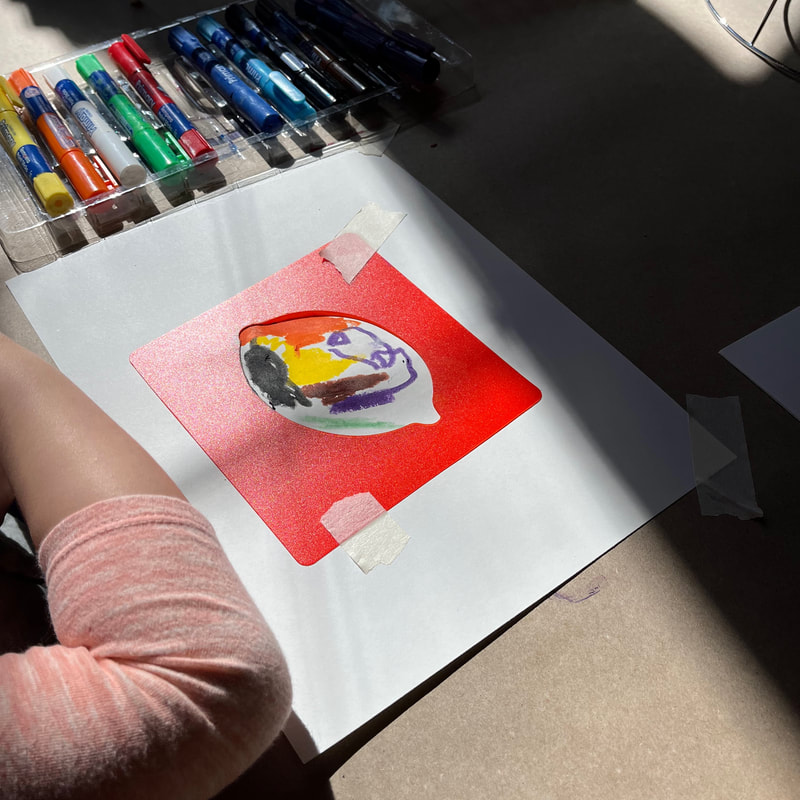



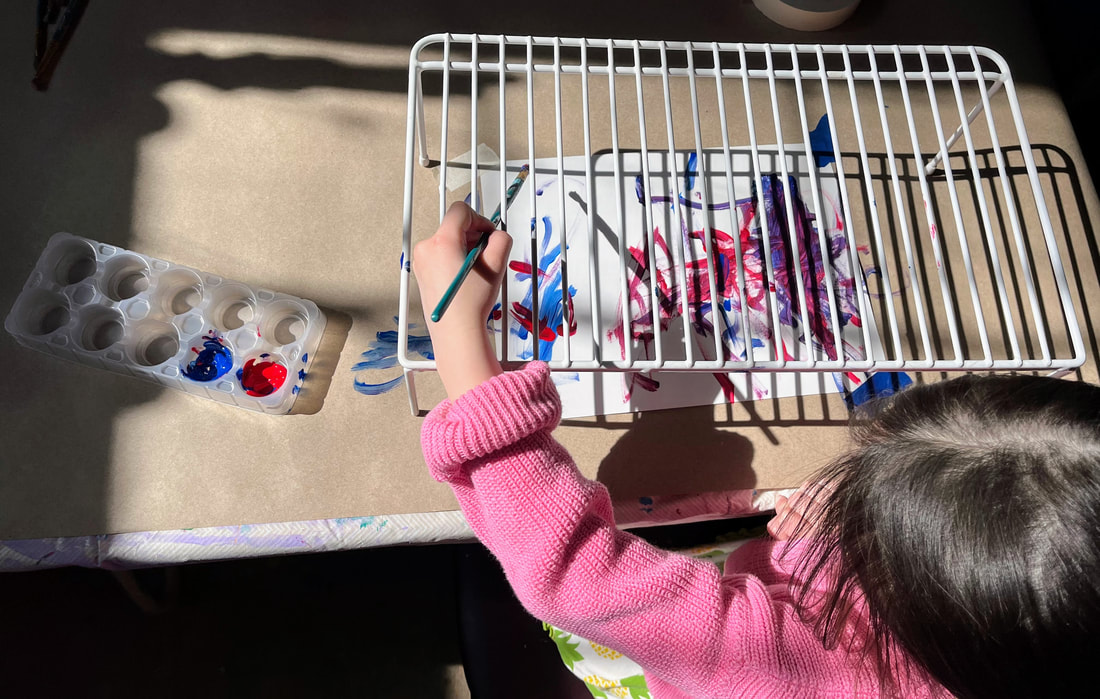
 RSS Feed
RSS Feed